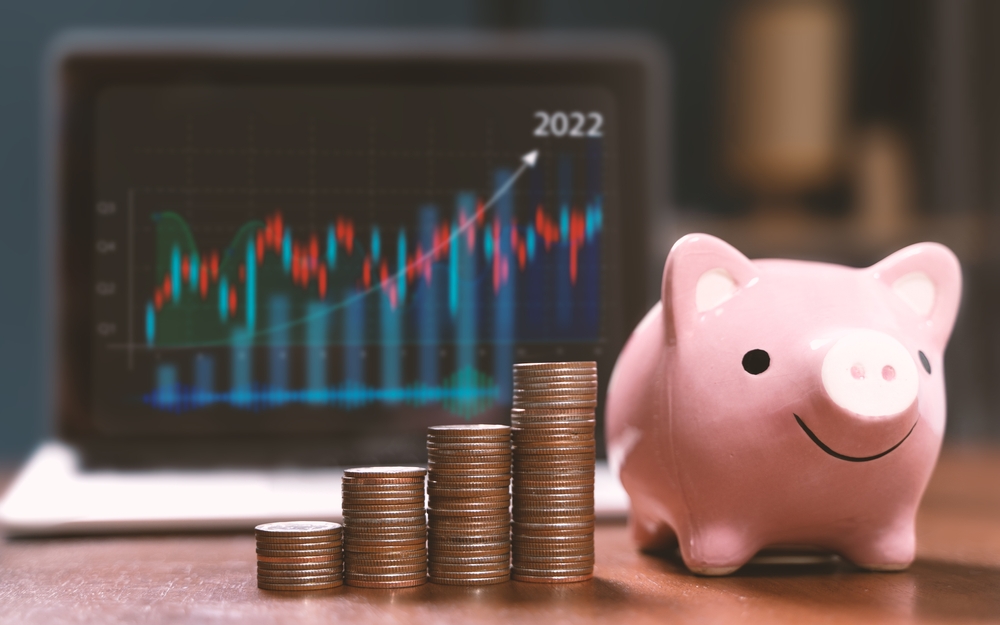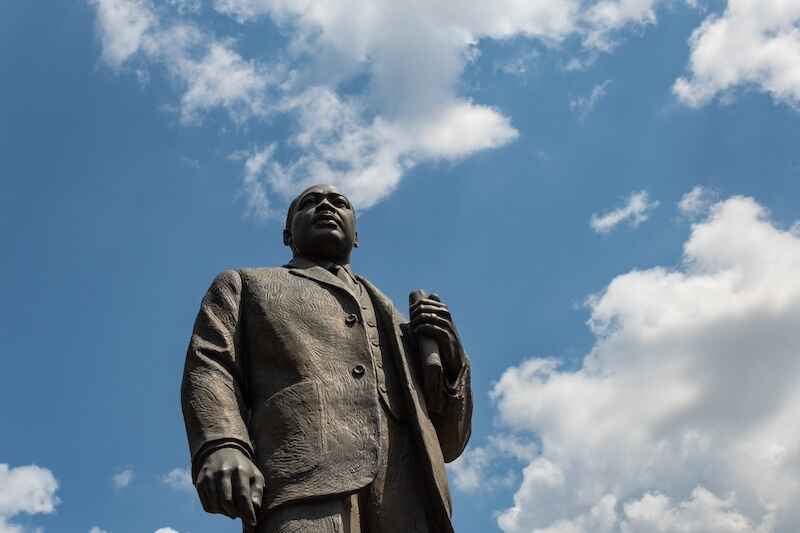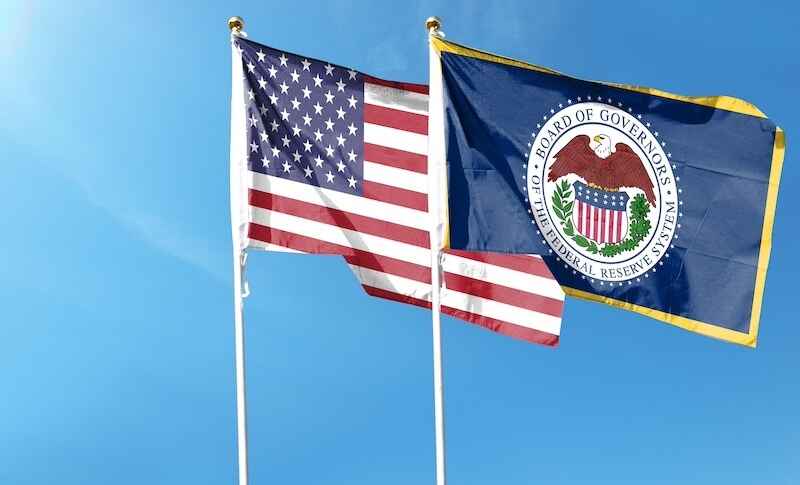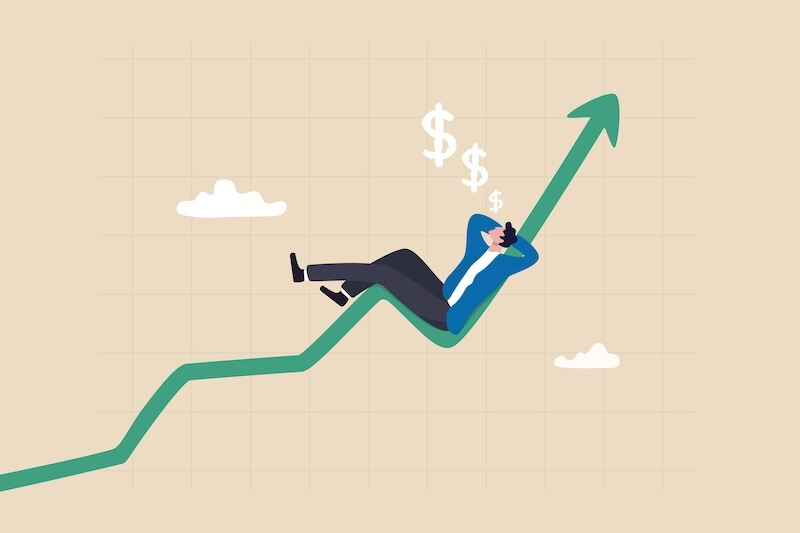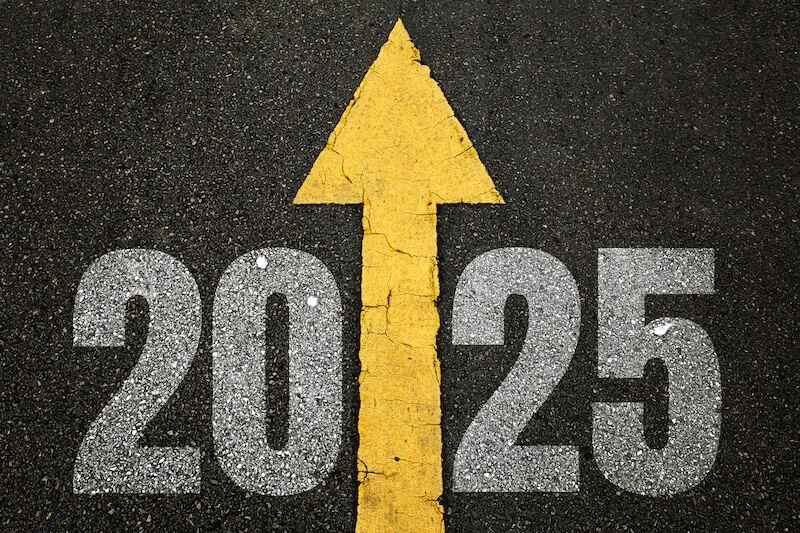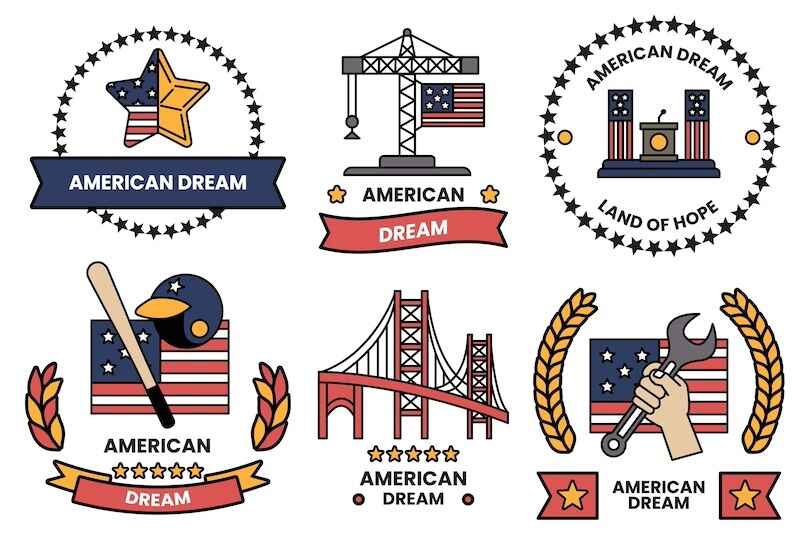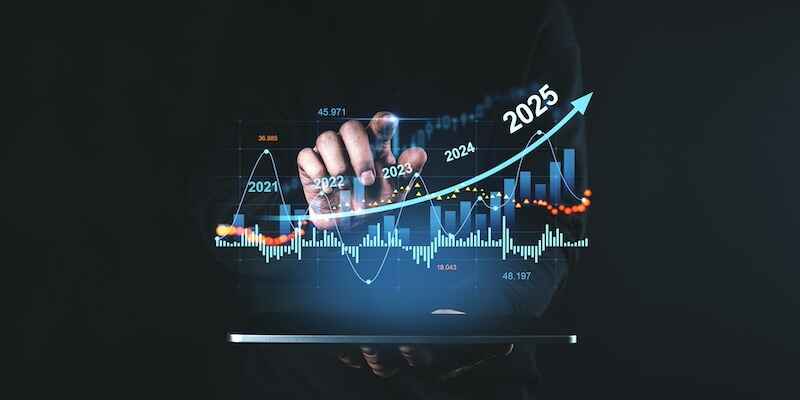Editor’s Note: In today’s article, Alexander Green highlights a simple way Warren Buffett avoids paying capital gains taxes.
Chief Income Strategist Marc Lichtenfeld, the expert behind our sister e-letter Wealthy Retirement, has a different way to fight taxes…
Marc discovered a solution – so no matter how bad runaway inflation and taxes might get… you may not ever have to worry about running out of money in retirement. It’s all thanks to investing in what he calls “Forever Dividends.”
According to Marc, owning “Forever Dividend” stocks is the single most reliable way to ensure your security and freedom.
Go here for the full rundown.
– Madeline St.Clair, Assistant Managing Editor
My friend and colleague Marc Lichtenfeld researches and recommends companies that pay steadily increasing dividends.
He’s done well with this approach over the years. But I prefer companies that use excess cash flow to buy back shares instead.
Each approach has its advantages.
However, investors don’t have to choose between dividends and buybacks. They can have both.
Let me explain…
So far this year, the market has favored exactly the type of stocks that Marc recommends: profitable companies that trade at reasonable valuations and pay substantial dividends.
These are generally known as value stocks.
By contrast, growth stocks – especially technology shares – have been hit hard this year.
And companies that are growing but not yet profitable have really been hammered.
Some, in fact, are selling at fire-sale prices and offer tremendous opportunity.
(I’ll have more on this subject Monday. In fact, I reveal one undervalued gem in a recent discussion with longtime subscriber Bill O’Reilly. You can find that here.)
But let’s stick to more conservative investments for a moment…
If a company pays a dividend, it generally means it is profitable, growing and mature enough to offer a high margin of safety.
So why would anyone favor share buybacks instead? Because they are more tax-efficient.
Investment great Peter Lynch used to say that every long-term investor should have the same goal: maximum total return after taxes.
Those last two words are often forgotten. But they shouldn’t be. Minimizing the annual tax hit on your portfolio is an important goal.
Bear in mind, buybacks are mathematically almost identical to dividends for total shareholder return.
All else being equal, a company paying a 4% dividend should return the same as a company paying no dividend but retiring 4% of its outstanding shares.
With a buyback – unlike dividends – no money is distributed to shareholders. Therefore, there is no taxable event.
Want to know why Warren Buffett is one of the world’s wealthiest men?
It’s partly because Berkshire Hathaway (NYSE: BRK-A) has never paid a dividend. Ever.
In addition, he has sold very few of the shares that make up almost his entire multibillion-dollar fortune.
Even within Berkshire, Buffett insists that his favorite holding period is “forever.”
Why? Because the capital gains tax is not a tax on capital gains. It’s a tax on transactions. Sell nothing and you owe the IRS nothing.
When it comes to taxes, Buffett is a smart man.
He also knows that some companies pay dividends. Some buy back shares. And some do both.
When a company does a share buyback on top of its regular dividend payout, it means that management is a good capital allocator or, in today’s jargon, is “capital-return-friendly.”
If you add a firm’s dividend yield to its buyback yield, you get what’s called the “shareholder yield.”
(The buyback yield is the amount of money a company spends on buybacks as a percentage of its market value.)
For example, Apple (Nasdaq: AAPL) has a paltry dividend yield of just 0.5%. But it has a shareholder yield of 4.5% because it repurchased $86 billion (or 4%) of its common shares over the past year.
And Apple – one of Berkshire’s biggest positions – has not been a poor performer.
However, other companies today offer substantially higher shareholder yields than Apple.
Run a screen on the S&P 500, for example, and you’ll find that Morgan Stanley (NYSE: MS) has a dividend yield of 3.1% and a buyback yield of 7.9% for a shareholder yield of 11%.
Not bad.
Seagate Technology (Nasdaq: STX) has a dividend yield of 3% and a buyback yield of 10.8% for a shareholder yield of 13.8%.
Better still.
Now, this week stock market analysts scratched their heads, wondering why in the world Berkshire just invested $1 billion in HP Inc. (NYSE: HPQ) – a tired, old legacy tech company that makes PCs and printers.
Well HP has a dividend yield of 2.5% and a buyback yield of 19.3% for an astonishing shareholder yield of 21.8%. That’s the highest shareholder yield in the S&P 500. No other company comes close.
And Buffett just bought an 11.4% stake and is now its biggest shareholder?
As I said, smart man.
The owner of Dairy Queen knows that dividends and buybacks are like ice cream and cake.
Why choose between them when you can have both?
Here are all the details on this revolutionary stock.
Credit: Source link

